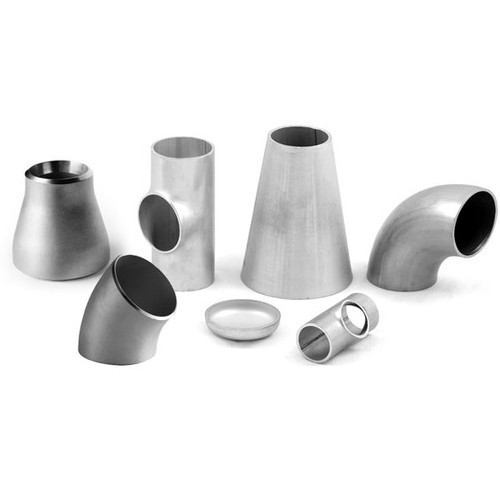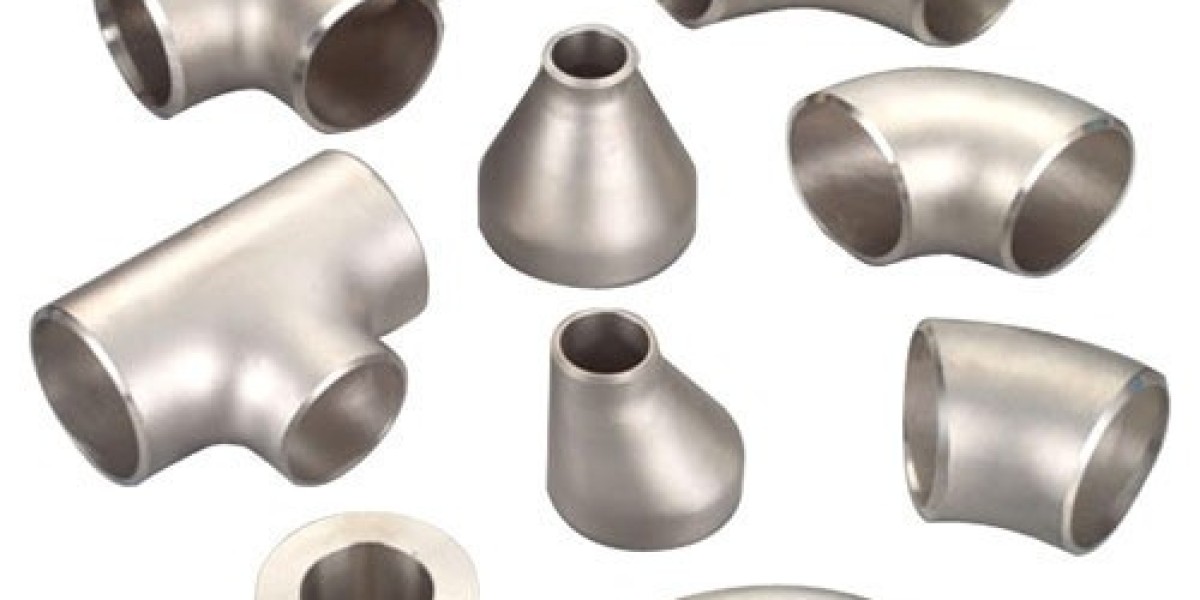Stainless steel buttweld fittings are essential components in various industries, known for their durability, corrosion resistance, and ability to withstand high-pressure environments. These fittings play a crucial role in connecting pipes and tubes, ensuring leak-free transmission of liquids and gases in industrial processes. This blog explores the features, types, applications, and benefits of stainless steel buttweld fittings, highlighting their significance in modern manufacturing and engineering.
Understanding Stainless Steel Buttweld Fittings
Stainless steel buttweld fittings are designed to connect pipes and tubes in a seamless manner, enhancing structural integrity and fluid flow in pipelines. They are manufactured using stainless steel alloys, which offer exceptional properties such as:
- Corrosion Resistance: Stainless steel resists corrosion from various chemicals, acids, and environments, making it suitable for both indoor and outdoor applications.
- High Strength: Provides reliable performance under high-pressure and high-temperature conditions without compromising on structural integrity.
- Durability: Stainless steel buttweld fittings are durable and require minimal maintenance, ensuring long-term operational efficiency in industrial settings.
Types of Stainless Steel Buttweld Fittings
Stainless steel buttweld fittings are available in various types, each serving specific functions in piping systems:
- Elbows: Used to change the direction of flow in pipelines, available in 90 degrees, 45 degrees, and other customized angles.
- Tees: Provide a branch connection in pipelines, allowing for distribution of fluids into multiple directions.
- Reducers: Used to connect pipes or tubes with different diameters, reducing or increasing the flow capacity as required.
- Caps: Seal the end of pipes, preventing leakage and contamination in the system.
- Crosses: Similar to tees but with four outlets, enabling complex piping configurations.
Key Features of Stainless Steel Buttweld Fittings
- Versatility: Suitable for a wide range of applications across industries including oil and gas, chemical processing, pharmaceuticals, food and beverage, and water treatment.
- Ease of Installation: Buttweld fittings are welded to the pipes, providing a strong and leak-free connection without additional sealing materials.
- Temperature Resistance: Stainless steel buttweld fittings maintain their mechanical properties over a wide range of temperatures, ensuring reliability in extreme conditions.
- Hygienic Properties: Ideal for industries requiring clean and sanitary conditions, such as food processing and pharmaceutical manufacturing.
- Customization: Available in various sizes, schedules (wall thicknesses), and grades of stainless steel (e.g., 304, 316), catering to specific application requirements.

Applications of Stainless Steel Buttweld Fittings
Stainless steel buttweld fittings find extensive use in critical applications across diverse industries:
- Oil and Gas: Used in pipelines for oil and gas transmission, refineries, and petrochemical plants.
- Chemical Processing: Essential for handling corrosive chemicals and acids in chemical processing facilities.
- Food and Beverage: Applied in food processing and dairy industries where cleanliness and hygiene are paramount.
- Water Treatment: Utilized in water treatment plants for conveying potable water and wastewater.
- Pharmaceuticals: Essential for sterile environments and precise fluid handling in pharmaceutical manufacturing.
Benefits of Using Stainless Steel Buttweld Fittings
- Corrosion Resistance: Ensures long-term reliability and reduced maintenance costs in corrosive environments.
- Leak-Free Connections: Welded joints provide a secure seal, minimizing the risk of leaks and ensuring operational safety.
- Longevity: Stainless steel buttweld fittings have a long service life, contributing to cost-effectiveness and operational efficiency.
- Safety: Complies with industry standards and regulations for safety and performance, ensuring reliable operation in critical applications.
Conclusion
Stainless steel buttweld fittings are indispensable components in industrial piping systems, offering durability, corrosion resistance, and reliability across various applications. Their ability to withstand harsh environments and provide leak-freeconnections makes them crucial for maintaining operational efficiency and safety in industries ranging from oil and gas to food processing and pharmaceuticals. By understanding their features, types, applications, and benefits, industries can leverage stainless steel buttweld fittings to enhance productivity, reduce downtime, and achieve superior performance in their operations.


